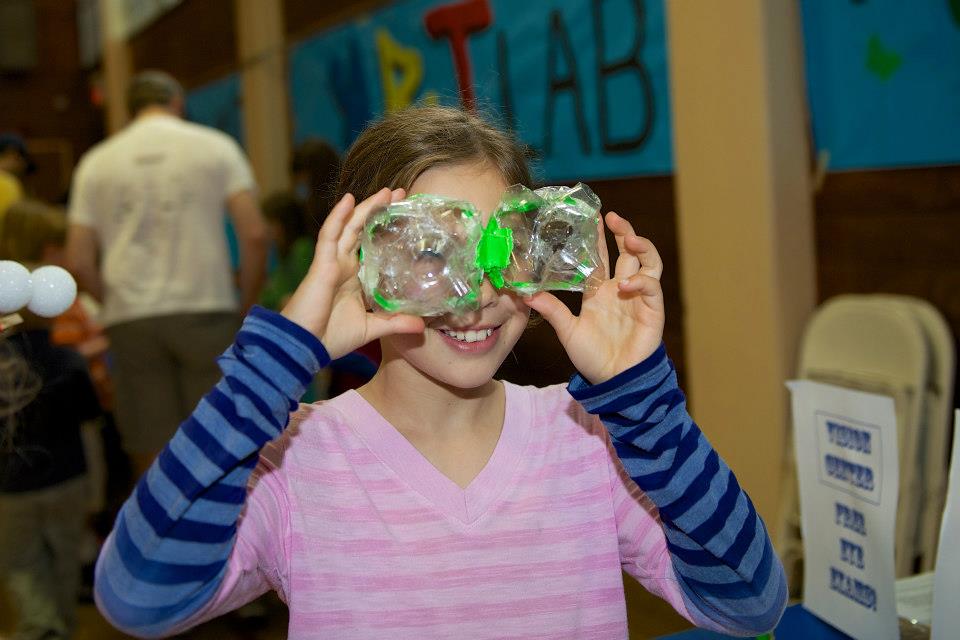In her keynote address to the National Coalition of Girls Schools Conference (NCGS) this week in Richmond, Virginia, Reshma Suajani, founder of Girls Who Code, expressed her frustration at walking into robotics classes and seeing scores of boys and maybe one or two girls.
I get it. I have found myself frustrated by exactly the same thing, and that is one of the reasons why we work so hard to bring girls to the table through our global STEAM courses that give students the opportunity to collaborate globally on real-life issues. Why STEAM matters for girls & how to get them involved?
“Girls are the most underrepresented in the T (technology) & E (engineering) parts of STEAM.” – Neesha Rahim, Co-Founder, Level Up Village
At the NCGS conference, I heard a clear consensus on the fact that girls are the most underrepresented in the T (technology) & E (engineering) parts of STEAM. This is important to underscore because technology and engineering are the sectors that represent the jobs of the future.
Indeed, in 2009, when the U.S. Department of Labor listed the “ten most wanted employees,” eight of them required degrees in technology, engineering and math. Yet in 2013, women comprised just 26 % of the computing workforce, according to the National Center for Women & Information Technology (NCWIT).
Despite these grim numbers, all is not lost. The energy among educators to change this narrative is growing.
At NCGS, I met three 16 year-old girls and their dynamic teacher, Dr. Maria Eagen from Foxcroft School in Middleburg, Virginia, who designed drones that could be used to prevent poaching by hunters. I also heard about a girl who was motivated by her father’s diagnosis of cancer to create an algorithm to help determine whether tumors were malignant.
Everywhere I turned, educators working with girls-only programs were buzzing with reports of innovative programs and the work girls are doing in STEAM. As much as everyone was there to learn how to do better, it was clear to me that many are already on the cutting edge.
So what should educators do to inspire girls to pursue technology and engineering? Here are the top four best practices, validated by educators at the conference and discussed in a recent New York Times article:
- Get girls involved in projects that are social and involve collaboration.
- Understand that girls care about making a social impact. STEAM teaching must be linked to a real-life application that can make a difference in our world. (This is why we, at Level Up Village, are so focused on building classes that inspire social impact.)
- All-girls classes make a difference. (Are you the head of an after-school program? Build all-girls classes into your offerings, and we’ll come in with the rest!)
- Girls need role models. “You can’t be what you can’t see,” said women’s activist Marie Wilson. (This is why we’re urging our school partners to put upper school girls through LUV’s teacher training modules so they can act as interns or assistants in our lower school classes.)
Do you have other ideas on how to bring girls to the table in tech and engineering? Please share them! We value your voice. It takes a village, and we’re delighted you are a part of ours.





